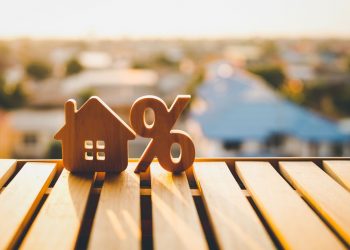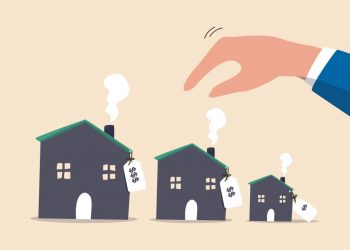RISMEDIA, October 21, 2009—Vice President Joe Biden recently unveiled Recovery Through Retrofit, a report that builds on the foundation laid in the Recovery Act to expand green job opportunities and boost energy savings by making homes more energy efficient. Joining the Vice President were Nancy Sutley, Chair of the White House Council on Environmental Quality; Steven Chu, Secretary of Energy; Hilda Solis, Secretary of Labor; Shaun Donovan, Secretary of Housing and Urban Development; and Karen Mills, Administrator of the Small Business Administration.
At a Middle Class Task Force meeting earlier this year, the Vice President asked the White House Council on Environmental Quality (CEQ) to develop a proposal for Federal action to lay the groundwork for a self-sustaining home energy efficiency retrofit industry. In response, CEQ facilitated a broad interagency process with the Office of the Vice President, eleven Departments and Agencies and six White House Offices to develop recommendations for how to use existing authority and funding to accomplish this goal. These recommendations are described in detail in the Recovery Through Retrofit Report.
“Recovery Through Retrofit is a blueprint that will create good green jobs- jobs that can’t be outsourced, and jobs that will be the cornerstones of a 21st-Century economy,” said Vice President Biden. “And, thanks to the Recovery Act’s unprecedented investments in energy efficiency, we are making it easier for American families to retrofit their homes- helping them save money while reducing carbon emissions and creating a healthier environment for our families.”
“This report builds on the foundation laid in the Recovery Act to expand green job and business opportunities for the middle class while ensuring that the energy efficiency market will thrive for years to come,” said Nancy Sutley, Chair of the White House Council on Environmental Quality. “An aggressive program to retrofit American homes and businesses will create more work, more savings, and better health for middle class Americans.”
Existing techniques and technologies in energy efficiency retrofitting can reduce energy use by up to 40% per home and lower total associated greenhouse gas emissions by up to 160 million metric tons annually. Retrofitting existing homes also has the potential to cut home energy bills by $21 billion annually. Yet, despite the real energy cost savings and environmental benefits associated with improving home energy efficiency, a series of barriers have prevented a self-sustaining retrofit market from forming. These barriers include a lack of access to information, financing and skilled workers.
The recommendations and actions in this report have been carefully designed to help overcome these barriers and to leverage Recovery Act funding to help ensure that the energy efficiency market will thrive long after the Recovery Act money is fully spent.
Recommendations in the report include:
-Provide American Homeowners with Straightforward and Reliable Home Energy Retrofit Information- Consumers need consistent, accessible and trusted information that provides a reliable benchmark of energy efficiency and sound estimates of the costs and benefits of home energy retrofits.
-Reduce High Upfront Costs, Making Energy Retrofits More Accessible- Access to retrofit financing should be more transparent, more accessible, repayable over a longer time period and more consumer-friendly.
-Establish National Workforce Certifications and Training Standards- A uniform set of national standards to qualify energy efficiency and retrofit workers and industry training providers will establish the foundation of consumer confidence that work will be completed correctly and produce the expected energy savings and benefits. Such standards should incorporate healthy and environmentally friendly housing principles, as outlined in the report titled the Surgeon General’s Call to Action To Promote Healthy Homes (2009). Proper certification and training standards will ensure that retrofitted homes are healthy homes. Consistent high-level national standards will spur the utilization of qualified training providers that offer career-track programs for people of all skill levels, promote and expand green job opportunities and facilitate the mobilization of a national home retrofit workforce.
For more information, visit www.whitehouse.gov.










